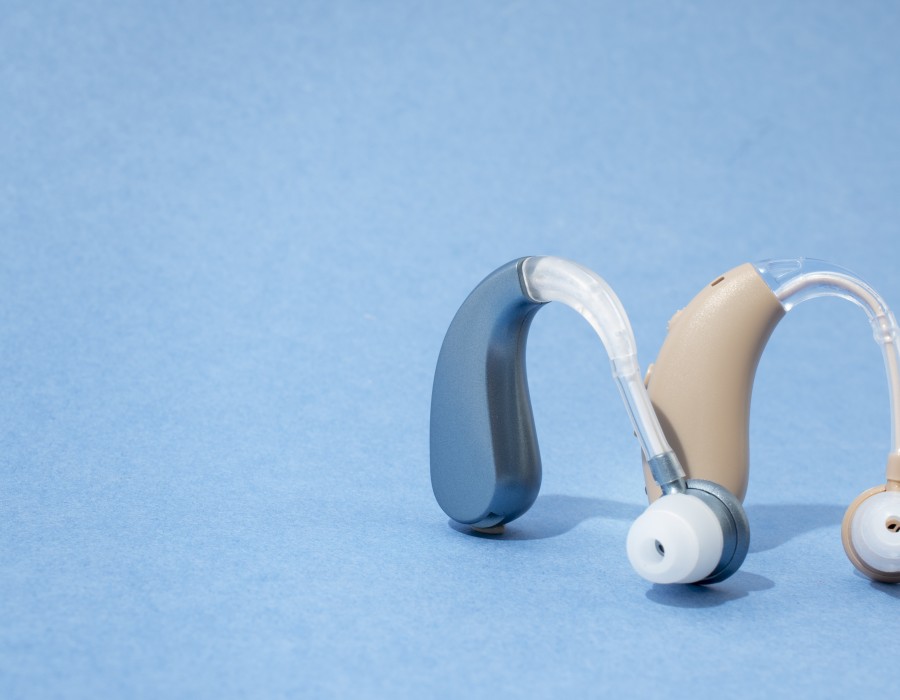Hearing aids have come a long way since their inception, evolving from large, cumbersome devices to sleek, sophisticated tools that blend seamlessly with everyday life. Among the latest advancements in this field are rechargeable hearing aids, which are quickly becoming the standard in hearing technology. This article explores why rechargeable hearing aids are the future, highlighting their benefits, technological advancements, and the growing preference among users.
The Evolution of Hearing Aids
Historical Perspective on Hearing Aids
- Early Devices: The first hearing aids were non-electric and used ear trumpets to amplify sound. These devices were large and not very effective.
- Electric Hearing Aids: The invention of the electric hearing aid in the early 20th century marked a significant advancement, though early models were still bulky.
- Digital Revolution: The 1990s saw the introduction of digital hearing aids, which offered improved sound quality and more customization options.
The Shift to Rechargeable Technology
- Battery Limitations: Traditional hearing aids rely on disposable batteries, which need frequent replacement and can be inconvenient and costly.
- The Advent of Rechargeable Solutions: With advancements in battery technology, rechargeable hearing aids emerged, addressing many of the limitations of their disposable counterparts.
Benefits of Rechargeable Hearing Aids
Convenience and Ease of Use
- Eliminating Battery Replacement: Rechargeable hearing aids remove the need for users to frequently replace small batteries, which can be especially challenging for those with dexterity issues.
- User-Friendly Charging: These devices typically come with user-friendly charging stations that make recharging simple and hassle-free.
Environmental Impact
- Reducing Battery Waste: Disposable batteries contribute to environmental waste. Rechargeable hearing aids significantly reduce this impact by minimizing the number of batteries discarded.
- Sustainability: Using fewer batteries contributes to a more sustainable lifestyle, appealing to eco-conscious consumers.
Cost-Effectiveness
- Long-Term Savings: While the initial investment in rechargeable hearing aids may be higher, the long-term savings on battery purchases make them more economical.
- Durability: Rechargeable hearing aids are designed to be robust and long-lasting, reducing the need for frequent replacements.
Technological Advancements in Rechargeable Hearing Aids
Improved Battery Technology
- Lithium-Ion Batteries: Modern rechargeable hearing aids use lithium-ion batteries, known for their long life and quick charging capabilities.
- Extended Battery Life: These batteries can last an entire day on a single charge, providing reliable performance without frequent recharging.
Enhanced Features and Functionality
- Connectivity: Many rechargeable hearing aids offer advanced connectivity features, such as Bluetooth, allowing users to stream audio directly from their smartphones or other devices.
- Customization: Advanced digital technology enables greater customization of sound settings, providing a personalized hearing experience.
Health and Safety Benefits
- Reducing Risk of Battery Ingestion: Traditional hearing aid batteries pose a risk, especially to children and pets, due to their small size. Rechargeable hearing aids eliminate this hazard.
- Consistent Performance: Rechargeable batteries ensure consistent performance, reducing the risk of sudden battery failure that can interrupt hearing aid functionality.
User Experiences and Preferences
Increasing Adoption Rates
- Growing Popularity: Surveys and studies indicate a growing preference for rechargeable hearing aids among users of all ages.
- Positive Feedback: Users report high satisfaction levels due to the convenience and reliability of rechargeable models.
Case Studies and Testimonials
- Real-Life Stories: Sharing stories of individuals who have benefited from switching to rechargeable hearing aids can provide persuasive, relatable evidence of their advantages.
- Expert Opinions: Audiologists and hearing aid specialists often recommend rechargeable models for their reliability and user-friendliness.
The Future of Hearing Technology
Ongoing Innovations
- Research and Development: Companies continue to invest in research and development to enhance the performance and capabilities of rechargeable hearing aids.
- Integration with Other Technologies: Future hearing aids may integrate with health monitoring systems, providing users with comprehensive health data and alerts.
Market Trends
- Increasing Demand: The demand for rechargeable hearing aids is expected to rise as more users recognize their benefits.
- Technological Convergence: The convergence of hearing aid technology with other smart devices will likely drive further innovations.
Preparing for the Future
- Adapting to Change: Users and audiologists must stay informed about the latest advancements to make the most of emerging technologies.
- Embracing New Solutions: Being open to adopting new technologies will ensure users can benefit from the best possible hearing solutions.
Conclusion
Rechargeable hearing aids represent a significant leap forward in hearing technology, offering numerous benefits over traditional battery-powered models. Their convenience, environmental advantages, cost-effectiveness, and enhanced technological features make them an attractive option for current and future users. As the hearing aid industry continues to innovate, rechargeable hearing aids are poised to become the standard, ushering in a new era of improved hearing solutions for all.




.png)

Comments